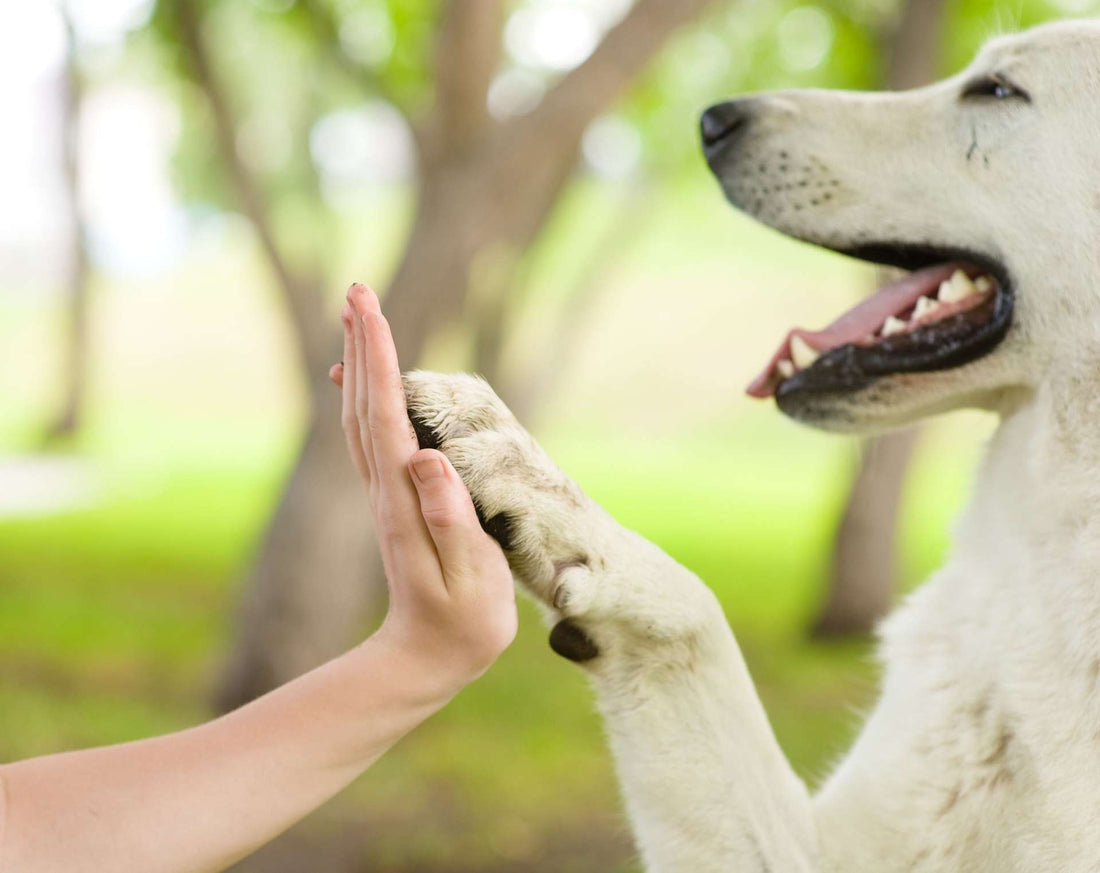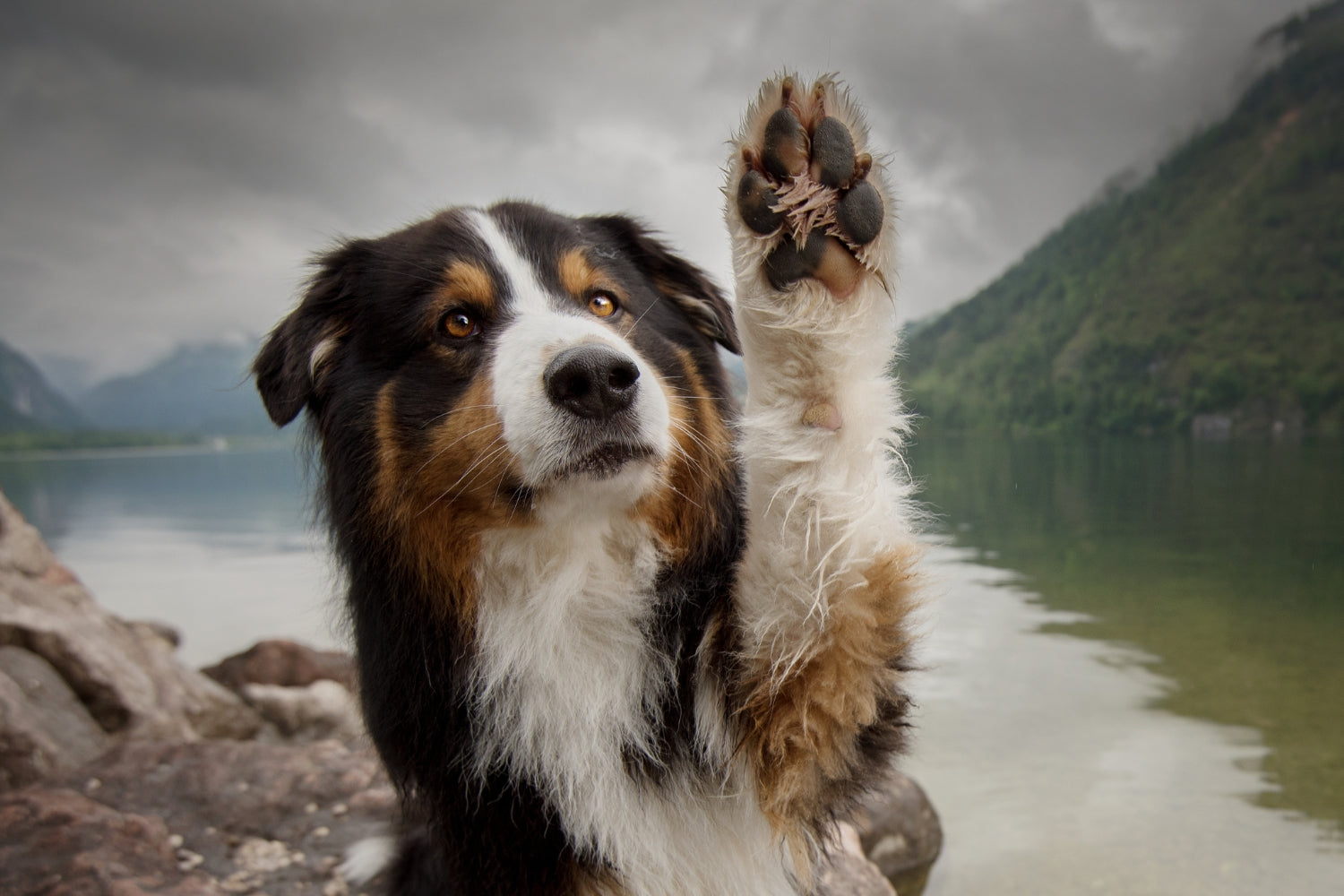
Why Dogs Lick Paw Balm Off: Understanding and Solving the Habit
Share
If you've ever wondered why does dog lick paw balm off, you're not alone. Many health-conscious pet owners face this puzzling behavior. Dogs often lick off paw balm shortly after it's been applied, defeating the purpose of providing relief to their sensitive paws. Understanding the reasons behind this and finding effective solutions can help ensure that your dog's paws get the care they need.

Possible Reasons Dogs Lick Paw Balm Off
There are several reasons why your dog might be licking off the paw balm you so carefully apply:
Taste and Smell
Dogs have an incredibly keen sense of smell and taste. Paw balms often contain ingredients like coconut oil, beeswax, and essential oils, which might smell delicious to your dog. To them, it's just another tasty treat on their paws, which naturally prompts them to lick it off.
Curiosity and Habit
Dogs are naturally curious creatures. Anything new on their bodies, including paw balm, can become a subject of curiosity. If theyre not used to the sensation or smell of the balm, they might lick it to investigate.
Stress and Anxiety
Sometimes, licking behavior is a sign of stress and anxiety. If your dog is feeling uneasy, they might resort to licking as a self-soothing mechanism. Applying balm could trigger this habit if they're already feeling stressed.
Skin Irritation
Ironically, some dogs might be sensitive to one or more ingredients in the paw balm. Instead of soothing their paws, the balm could cause mild irritation, prompting your dog to lick it off in an attempt to alleviate the discomfort.

How to Prevent Your Dog from Licking Paw Balm
To ensure that the paw balm does its job, consider the following strategies:
Distraction Techniques
One effective way to prevent your dog from immediately licking off paw balm is to distract them. After applying the balm, engage your dog with their favorite toy or treat to divert their attention from their paws.
Use Socks or Booties
Another practical solution is to use dog socks or booties after applying the balm. This physical barrier can help keep the balm on their paws long enough to be effective. Just make sure the socks or booties are comfortable and dont cause any additional irritation.
Apply Balm Before Bed
Consider applying the paw balm just before bedtime when your dog is less active. During sleep, they are less likely to notice the balm on their paws, allowing it to be absorbed fully.
Choose a Non-Toxic Balm
Always select a non-toxic, pet-safe balm. If licking is inevitable, ensure that the balm won't harm your dog. Look for balms marked as safe for ingestion or those specifically designed for dogs.

Additional Tips for Paw Care
Paw care goes beyond just applying balm. Regularly check your dog's paws for any signs of injury, dryness, or irritation. Keep their nails trimmed to prevent discomfort, and wash their paws after walks to remove any irritants.
- Read more about Make Dog Paw Balm
- Learn how to create a DIY Dog Paw Balm
- Discover if Dog Paw Balm is Necessary
- Check out our Lickable Dog Paw Balm Recipe
- Understand how frequently you should apply paw balm with this guide

Expert Opinions on Paw Care
Veterinarians and dog care experts often emphasize the importance of regular paw care. Proper paw care is essential for maintaining your dog's overall health. According to WebMD, caring for your dog's paw pads involves routine inspection, cleaning, and moisturizing to avoid any potential issues.
FAQs
Is it safe if my dog licks off the paw balm?
If you've used a non-toxic, pet-safe balm, it typically shouldn't be a problem. However, try to minimize licking to ensure the balm soothes their paws.
Can I make my paw balm at home?
Yes, you can make paw balm at home using simple ingredients like coconut oil, shea butter, and beeswax. Check out our guide on how to make dog paw balm.
How often should I apply paw balm to my dog's paws?
The frequency can vary based on your dog's activity level and the condition of their paws. For detailed guidance, read our article on how often to apply paw balm.
As an Amazon Associate, I earn from qualifying purchases.
